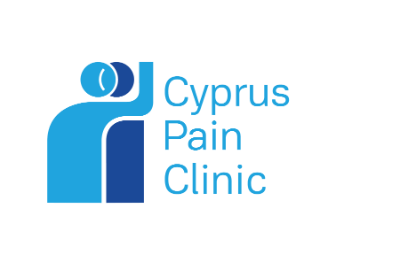What is capsaicin?
Capsaicin is a component of dry red pepper (chili), which has the property of binding to pain receptors (nociceptors) in our body. Upon binding, capsaicin activates nociceptors and triggers sensory neurons to transmit pain signals to the spine and brain. This is why we have a burning sensation or even itching when using capsaicin.


